Introduction: The Dawn of a New Era in Athletics
In this age of technology, man's life is placed on a broader basis, but by losing its meaning. It should mean enrichment too. Not only the body, but the soul, the mind, should grow and become stronger.
In a world racing forward at the speed of light, technology isn’t just reshaping how we live; it's redefining who we are. This transformation is most visible in the world of sports. The quote reflects our moment—where enormous advances propel us, yet challenge us to retain our essence, not unlike the essence of competition where boldness meets spirit.
Could athletes of the future be enhanced not only by effort and coaching but by integrated biomechanical devices tucked beneath their uniforms? Enter the captivating universe of cyborg athletes. These aren't just whispers of the future. They are the reality blazing onto the sports fields, fusing human resilience with robotic precision. How does this blend shape fairness in fierce competitions and alter our deepest understandings of sport?
In this article, we pivot into the world of physical enhancements, laden with possibility but riddled with ethical dilemmas. With insights from leading minds like Dr. Hugh Herr at MIT, athlete-innovator Oscar Pistorius, and pioneering author Yuval Noah Harari, we invite you on an exploration into the heart of what was once science fiction.
The Evolution of Athletic Enhancement Technology
The story of technology in athletics stretches like a fascinating scroll from the Greeks testing their mettle with basic tools to the modern era’s revolutionary cybernetics. It’s a journey of passion, creativity, and the undying human quest to transcend limits.
Historical Context
Think back to the very first Olympics, where athletes in ancient Greece donned basic attire, relying purely on muscle and might. Compare that to today's ultralight tracksuits. The simple sandals have evolved into cutting-edge footwear designed for optimum speed and slip resistance. The tale didn't stop there. Take bows made in ancient Egypt. Over centuries, wooden sticks transformed into advanced composite bows enhancing accuracy—another step towards better performance rooted in inspiration.
Current Technologies
Fast forward to our day—a time bursting with innovation and laden with advanced tech for competitive edges in sports. Contemporary athletes might draw upon Adidas smart shoes that track every sprint and jolt. Prosthetics shaped by biomechanical engineering integrate meticulously with muscles, aiding those who overcome the odds and redefining norms. Smart fabrics abound too—textiles interwoven with sensors calculating output across countless data points. Remember when fitness meant a wristwatch and a prayer? Now it’s a realm of performance-enhancing sophistication that reimagines both challenge and triumph.
Ethics and Fairness in Cyborg Athletics
The marriage of human potential and breakthrough technology brings up a crucial question: is it fair? Imagine a sprinter with rocket-powered shoes. Sweet idea, but cheating, right? The integration of technology in sports doesn't just push athletic limits; it blurs the lines of fairness. Who gets to use these gizmos and how? This ethical shaky ground is a topic scrutinized under a microscope by the likes of World Anti-Doping Agency (WADA) and the International Olympic Committee (IOC). Let’s jump into the whirlpool of debates, spats, and also a few laughs.
The Doping Dilemma
It all started with athletes juicing themselves up like strawberries. Doping scandals have been the nasty pimples on crisp white sports' face. Now, enter technology. Unlike a secret injection, tech prosthetics and smart gear glow on full display. It’s like swapping human flaws for technological horsepower. Some argue that these enhancements are the new-age doping, except they're not secretly squeezed into a shake.
Need proof? In the visually impaired world of Paralympics, the use of advanced prosthetics raised eyebrows and jump arms. Regulations evolve as rapidly as sleek new tech toys appear, yet the debate rages on. Is tech-enhanced a step too far, or just the next big leap?
Defining Normalcy
Then there’s the concept of "normal." Last time I checked (which was this morning), the regular Joe Bench-Press doesn’t have bionic knees. But what happens when tech advancements redefine what’s norm for athletes? This question has trickled down like syrup over pancakes into societal consciousness. Imagine a school race where one kid wears turbo sneakers - is that fair or just an updated Cinderella story?
The evolution of technology in sports is redefining boundaries and raising soul-searching questions about inclusivity. When does an athlete stop being merely an athlete and become something else, something more? A cyborg or a superhuman? It's time to cross-examine what 'normal' really means.
The Impact on Athletic Performance
Next stop on our voyage through the world of cyborg athletics is the gritty details of performance. It’s like unleashing Captain Planet's power rings on muscles and nerves. Augmented limbs and enhancement gear unlock capabilities once thought hidden in legends. But as always, there’s a price to pay – physically and mentally.
Enhanced Capabilities
Alright, so these fantastic gadgets offer a punch – a pretty big one. From carbon-fiber spring legs to brain-zapping headgear improving focus, athletes now have the firepower of superheroes. Picture this: A regular marathon runner versus an exoskeleton-equipped athlete. Expect whompson. The latter now has the support to skedaddle faster, jump higher. It's like caffeine, minus the jitters.
Psychological Factors
Yet, it's not all sunshine and glory. While bionic basketballers may slam-dunk with ease, they also ride an emotional rollercoaster. The mental shifts are Titanic-sized as they balance organic instincts with mechanical precision. Does having a bionic arm mean losing the human touch (literally)? Feelings get more complicated than solving a Rubik's Cube while blindfolded.
Despite the steel and circuits, there's a flesh n’ heart beneath. Athletes navigate a whirl of expectations, both external and internal. What if their prowess is attributed not to their blood, sweat, and tears but to the product of a motherboard? Focusing isn't just a change of pace; it's transforming self-doubt into cyborg confidence. As the studies uncover, athletes adapting to augmented realities battle not just opponents, but their inner debates.
Legal Frameworks and Regulatory Challenges
As technology races forward at lightning speed, the sports world must step up its game with rules and regulations that can catch up with the rise of cyborg athletes. How do we ensure fair play when athletes might have microchips or mechanized enhancements? The challenge is enormous, but, like an athlete standing at the starting line, we're only getting started.
Current Regulations
In today's rapidly evolving landscape, regulatory bodies like the World Anti-Doping Agency (WADA) and the International Olympic Committee (IOC) have laid down some initial markers on the track.
- WADA: This agency focuses on drug enhancements, but could they adapt their guidelines to cover tech enhancements? The jury's still out.
- IOC: While promoting sports integrity, the IOC faces the task of blending traditional sportsmanship with ultra-modern tools.
- Equipment Use: Current regulations stipulate legal use of equipment like blades or prosthetics but do not delve deeply into future tech.
Still, confusion remains as these organizations try to establish a universal baseline for fairness in the cyborg age.
Future Legislation
Fast-forward a few years, and you'll probably find yourself in a world where technology is as much a part of sports as the athletes themselves. So, what legislative frameworks should we look at?
- Technology Consistency: Standardizing the types of enhancements that are permissible across different sports.
- Bio-Ethics Boards: Introducing independent committees to assess ethical implications of enhancing technology per individual case.
- Inclusive Guidelines: Legal recognition for a new category of athletes: those who are augmented, yet still human at heart.
Setting these frameworks will require global cooperation and foresight reminiscent of a chess grandmaster plotting several moves ahead.
Case Studies of Cyborg Athletes
Real-world examples tell an inspiring story about athletes who have not just challenged the boundaries of their sports but have also expanded our collective imagination. These cyborg athletes are leading the way for a cyborg phenomenon that is gradual but inevitable.
Notable Athletes
Let's shine the spotlight on Oscar Pistorius, the South African sprinter who became the first double-leg amputee to compete in the Olympics in London 2012. Though controversial, he opened the floodgates for broader discussions around cyborg athletes.
But Pistorius isn't alone:
- Mark Oliver: Known as "Cyborg Mark," he uses a mechanical arm that incorporates AI-driven adaptations for basketball.
- Amy Purdy: Paralympian and dancer with advanced prosthetic legs, who’s not just a competitor but an inspiration in adaptive sports.
Every achievement of these athletes serves to redefine the boundaries of human capability, merging steel and sinew in thrilling new ways.
The Impact of Media
Media shapes public perception, enabling us to peek into the evolving narrative of athletes enhanced with technology. From films to television features, cyborg athletes are often depicted as futuristic warriors or pioneering innovators.
Consider the following:
- Documentaries: Coverage exploring not only the athlete's feats but society's reactions towards them.
- News Headlines: Instant reactions sourced from thrilling victories or unexpected controversies.
- Social Media: Increasing acceptance driven by social media platforms where these athletes connect with fans in unprecedented ways.
The media's role is crucial, serving as a mirror to society's changing attitudes, or at times, a beacon guiding public discourse into uncharted terrains. Cyborg athletes encourage us to ponder: Are they pushing boundaries or merely revealing the true extent of human potential intertwined with technology?
AI Solutions: How AI Tackles the Issues of Cyborg Athletes
In the rapidly evolving realm of sports, artificial intelligence (AI) holds tremendous promise for addressing the complex challenges associated with cyborg athletes. As we merge technology with human capabilities, AI can lay a foundation for fair competition and optimized performance. But what does that entail?
First and foremost, AI can enhance the integrity of sports by monitoring technological advancements and ensuring adherence to fairness guidelines. It can analyze vast amounts of data from performance analytics, genetic predispositions, and injury history, allowing for personalized training programs tailored to each cyborg athlete's needs and objectives.
Furthermore, AI can refine existing training modalities, nutrition, and rehabilitation protocols, creating a carefully balanced approach that minimizes risks and maximizes performance outcomes. Imagine a world where AI algorithms can track an athlete's biometrics in real-time, promptly adjusting their training regimen to accommodate fatigue levels, recovery rates, and even emotional states.
To harness the potential of AI in the world of cyborg athletics, an organized action plan is essential. Here’s a proposed roadmap, detailing steps from day one to year two:
Actions Schedule/Roadmap (Day 1 to Year 2)
Day 1: Establishing the Research Coalition
Key stakeholders, including sports organizations, AI researchers from institutions like the Massachusetts Institute of Technology (MIT), and ethicists gather to outline a collaborative research framework. Formation of a committee with experts in various fields—sports medicine, technology, and law—ensures comprehensive dialogue.
Day 2: Initial Data Gathering and Needs Assessment
Begin an assessment phase focused on understanding current technologies and gathering existing research. Surveys and focus groups with athletes and coaches will provide insights into their thoughts on AI and technology integration.
Week 1: Literature Review and Data Compilation
Perform an extensive literature review regarding the intersection of AI and sports technology. Document current practices, identifying both successful implementations and pitfalls. Establish a database for accessible information.
Week 2: Engagement with the Athletic Community
Organize community outreach efforts to gauge opinions and concerns among athletes. Create interactive workshops aimed at gathering firsthand accounts of experiences with technology and soliciting feedback on AI's potential role.
Month 1: Technology Testing and Assessment
Launch a pilot program assessing the efficacy of existing AI technologies in optimizing performance metrics. This will include collaboration with tech providers like Fitbit and examining their wearables in the context of athletic performance enhancement.
Month 2: Ethics and Legal Framework Workshops
Conduct workshops involving ethicists, legal experts, and representatives from sports organizations like the World Anti-Doping Agency (WADA). This will facilitate discourse on ethical implications regarding the acceptance of technology in competitive environments.
Month 3: Integration of Findings
Compile data from the first two months into a comprehensive report. Share findings with all stakeholders to ensure a complete understanding of potential and concerns surrounding AI and cyborg enhancements.
Year 1: Framework Development
Identify guidelines and frameworks for the ethical integration of AI technologies into athletic training and competition. This includes performance monitoring and defining the parameters of what constitutes a fair advantage in sports.
Year 1.5: Pilot Program Implementation
Begin rolling out pilot programs based on the frameworks developed. Monitor their application within select organizations, such as the USA Track & Field to gather data on AI-enhanced training protocols.
Year 2: Evaluation and Adjustment
Review comprehensive data collected from pilot programs, adjusting guidelines as necessary to address identified challenges or concerns. Prepare for public dissemination of findings that can inform other organizations.
Conclusion: The Future of Cyborg Athletes
The future of cyborg athletes beckons us to rethink the boundaries between human capability and technology. As athletes begin to embrace enhancements, a paradigm shift is not only inevitable but essential. Striking a balance between performance improvement and fair play will challenge foundational concepts of competition.
To navigate these uncharted waters, we must leverage AI and its insightful capabilities. AI can serve as our compass, guiding athletes, regulatory bodies, and society toward ethical, fair practices within the evolving landscape of cyborg athletics. This journey will require a collective effort, integrating diverse perspectives and innovative technologies for our understanding of sports and performance to expand in ways we’ve previously only dreamed about.
As we stand at the crossroads of tradition and innovation, let’s embrace the possibilities ahead, ensuring both the integrity of our beloved sports and the evolution of human potential. What will you tell future generations about this era of transformation? How will you personally contribute to this conversation? Join in the discussion in the comments below.
FAQ
Q: What defines a cyborg athlete?
A: A cyborg athlete is someone who uses technology to enhance their physical abilities. This could include things like advanced prosthetics or exoskeletons that help them perform better than they could on their own. Think of someone using a robotic arm to throw a javelin further than usual; that's a cyborg athlete!
Q: Are cybernetic enhancements ethical in competitive sports?
A: The ethics of using technology in sports is a big question and people have different opinions on it. Some argue that it gives an unfair advantage, while others believe that it opens the door for more people to compete. The key is finding a balance that maintains fairness while allowing for advancements. For instance, the World Anti-Doping Agency (WADA) and the International Olympic Committee (IOC) are working on guidelines to regulate these technologies.
Q: How can AI contribute to the development of cyborg athletics?
A: Artificial Intelligence (AI) can help in many ways! It can analyze data to suggest training plans that suit each athlete best. For example, if a swimmer is using a new tech suit, AI can help track their performance and show how it affects their speed in the water. This way, coaches can make better decisions for training. Additionally, AI can help set up rules to ensure everyone competes fairly, no matter what technology they’re using.
Q: What are some examples of current technologies used in cyborg athletics?
A: There are several cool technologies out there, including:
- Biomechanical Prosthetics: These are specially designed legs and arms that help athletes perform at their peak. For example, Oscar Pistorius is famous for his blade-like prosthetics.
- Exoskeletons: These wearable machines can boost strength and help with movement. They are often used in rehabilitation and can give athletes an extra edge.
- Smart Fabrics: These are high-tech clothes that can track an athlete's performance, like their heart rate or body temperature. This data can help athletes train smarter.
Q: How does technology change the way we view sports competition?
A: Technology is changing sports in big ways. It challenges the traditional idea of what an athlete is. In the past, success was based solely on training and natural talent. Now, we have to consider how much technology plays a role in performance. This could mean redefining what talent looks like and how we celebrate achievements in sports.
Q: Will the rise of cyborg athletes change the future of sports?
A: Many people believe that as technology continues to advance, we will see more and more cyborg athletes. This could lead to exciting new competitions and sports we can't even imagine yet! However, with these changes come challenges about fairness, ethics, and the very essence of athleticism. It will be up to all of us to navigate this new landscape.
Q: How do we ensure fair play with technology in sports?
A: Ensuring fair play is super important! We need regulations that keep things level for all athletes. This means scientists, ethicists, and sports organizations, like WADA and the IOC, need to work together and create clear guidelines. Ongoing discussions and feedback from athletes are essential to making this work.
In summary, the rise of cyborg athletes brings exciting possibilities and challenges for the world of sports. As we embrace these innovations, we must remain mindful of the ethical implications and work together to maintain a fair playing field. The future of athletics is not just about who is the fastest or strongest but also about how technology meets our human potential.
Wait! There's more...check out our gripping short story that continues the journey: Reclaiming the Narrative
Disclaimer: This article may contain affiliate links. If you click on these links and make a purchase, we may receive a commission at no additional cost to you. Our recommendations and reviews are always independent and objective, aiming to provide you with the best information and resources.
Get Exclusive Stories, Photos, Art & Offers - Subscribe Today!
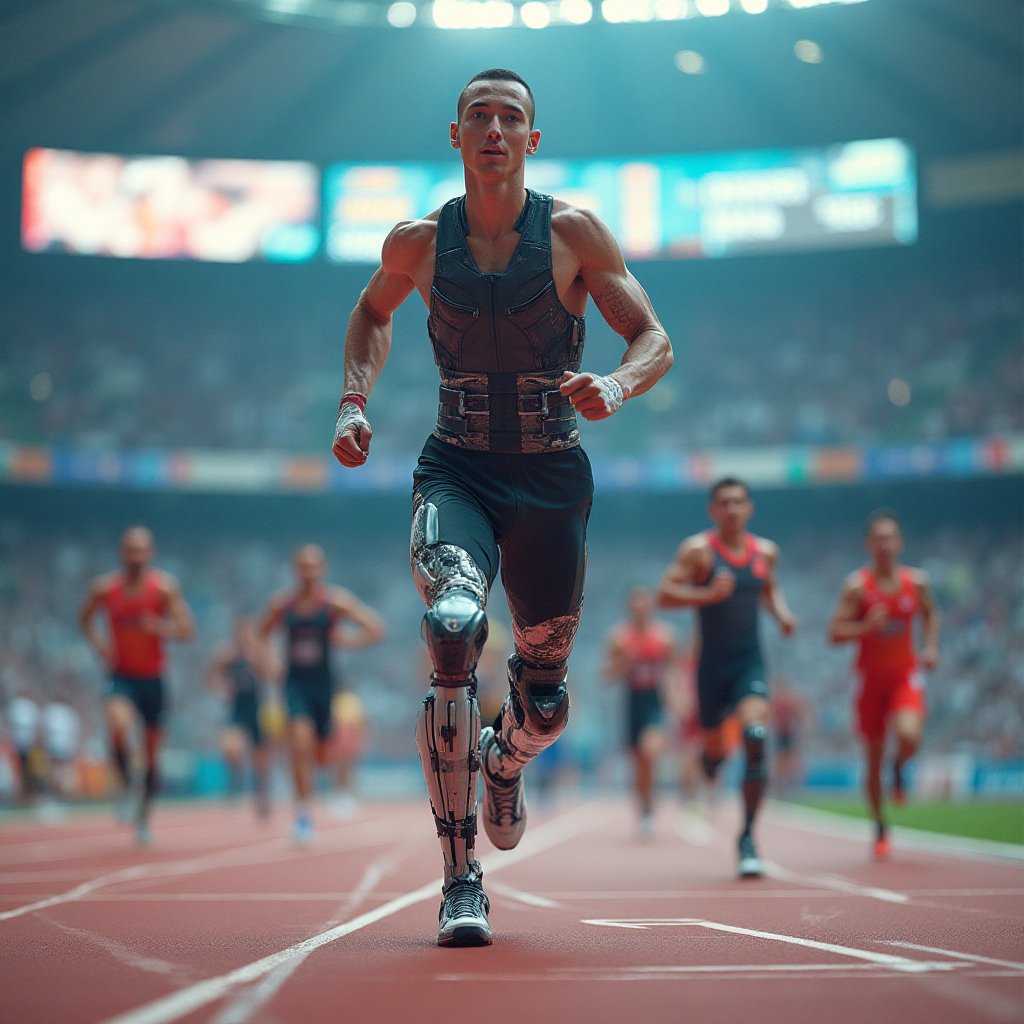
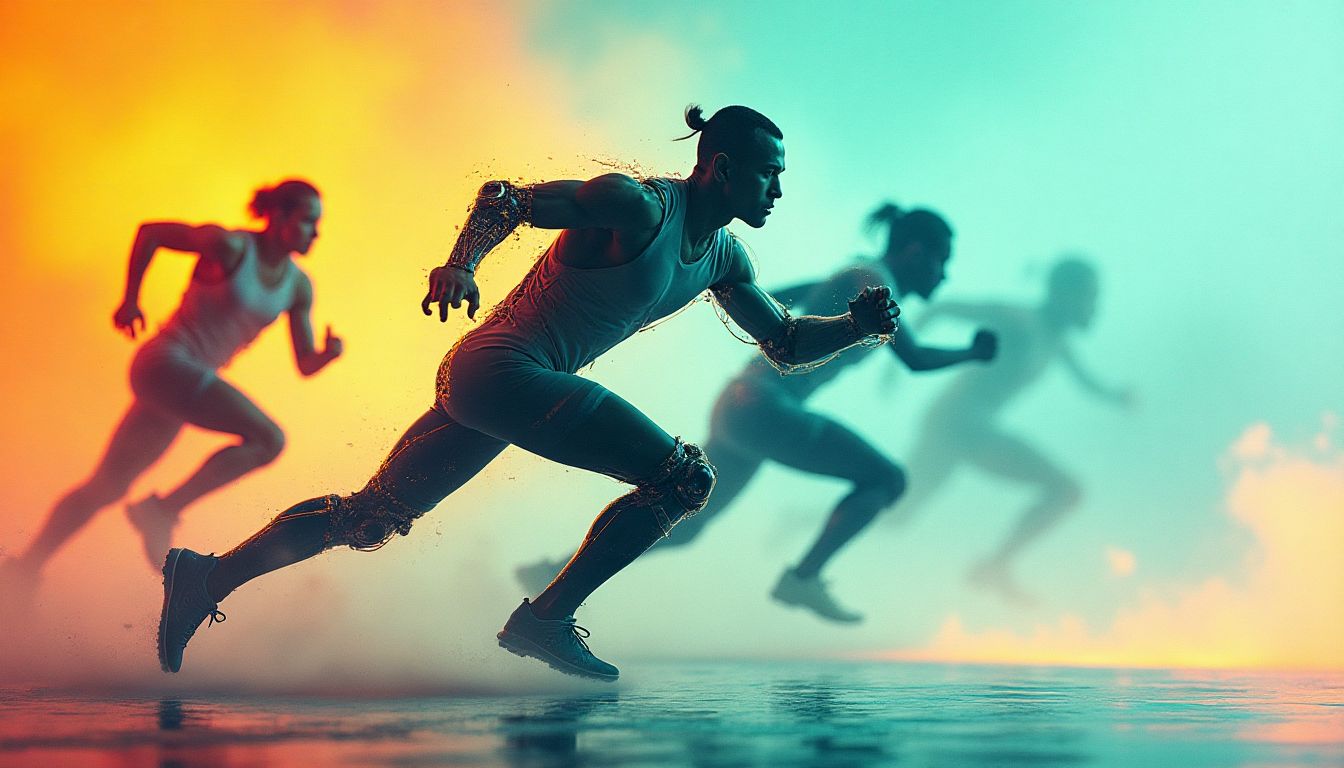
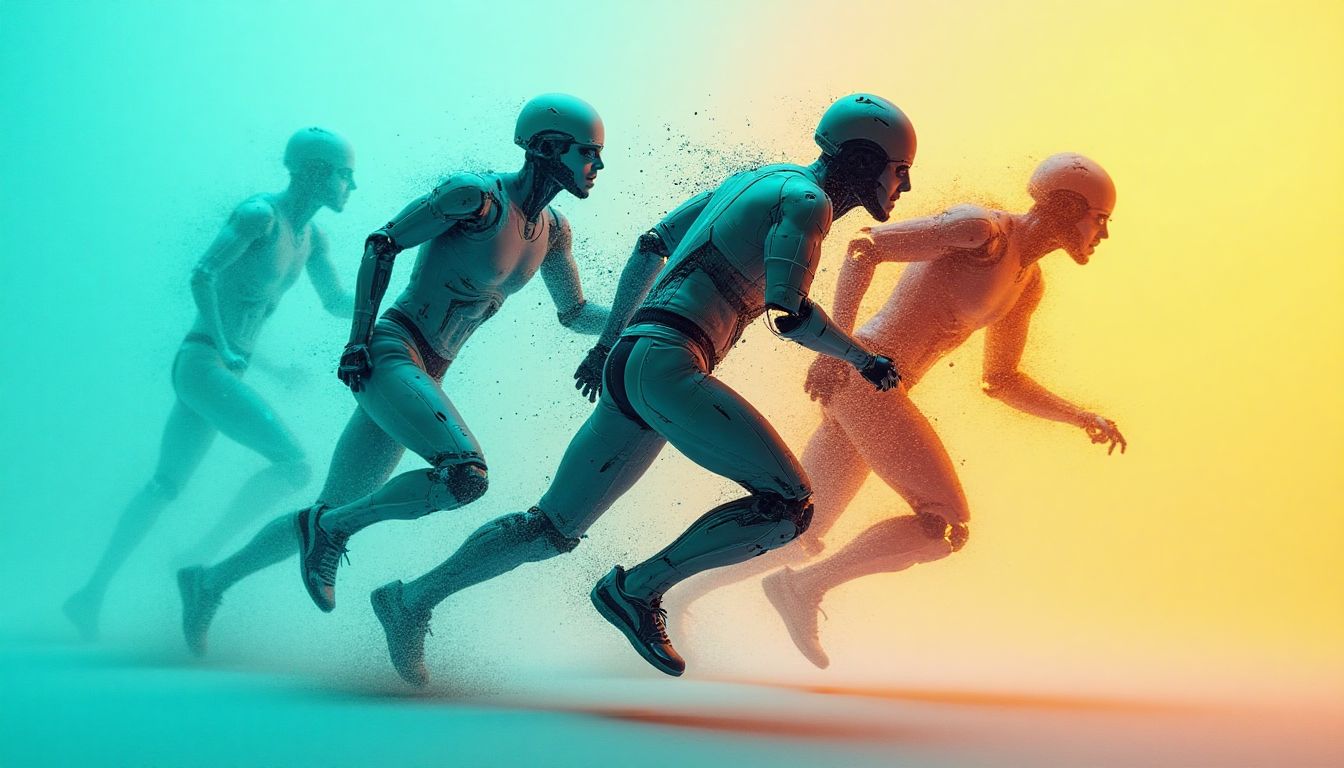
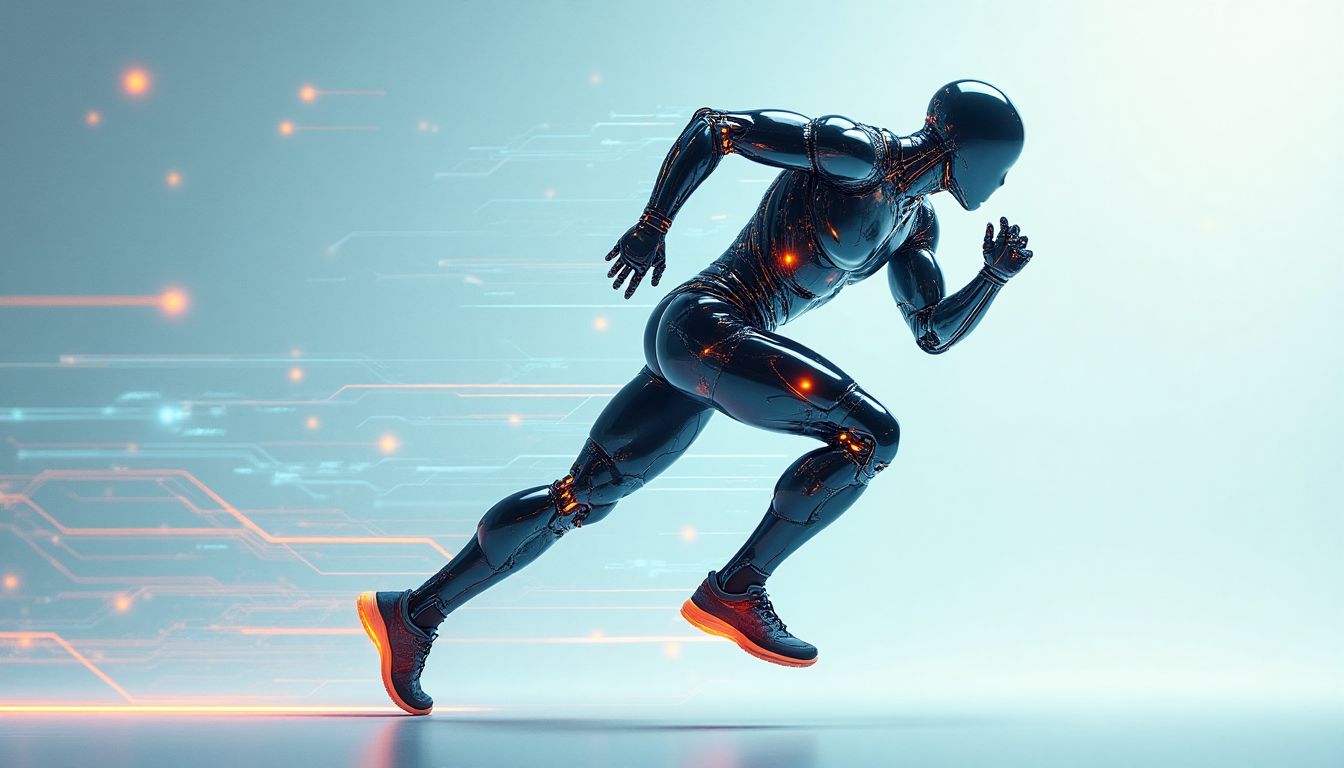
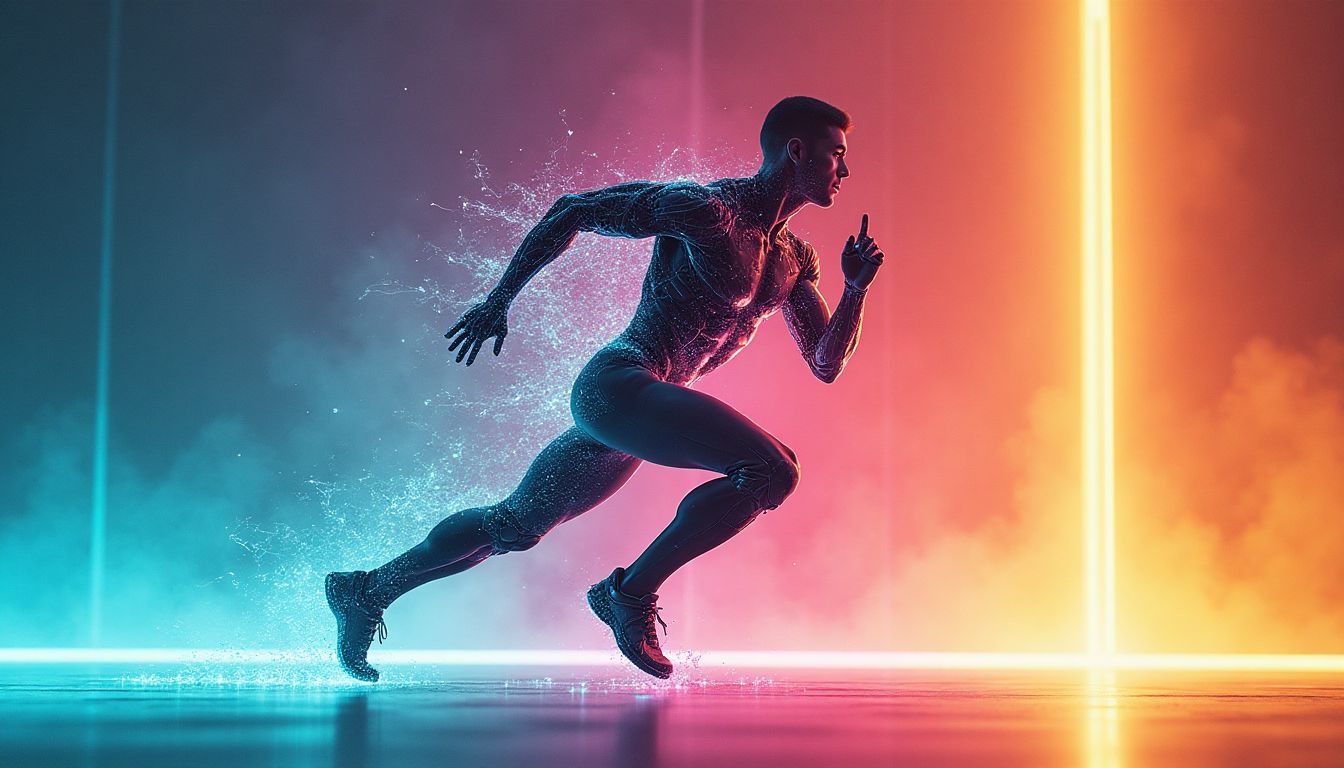
























Post Comment
You must be logged in to post a comment.